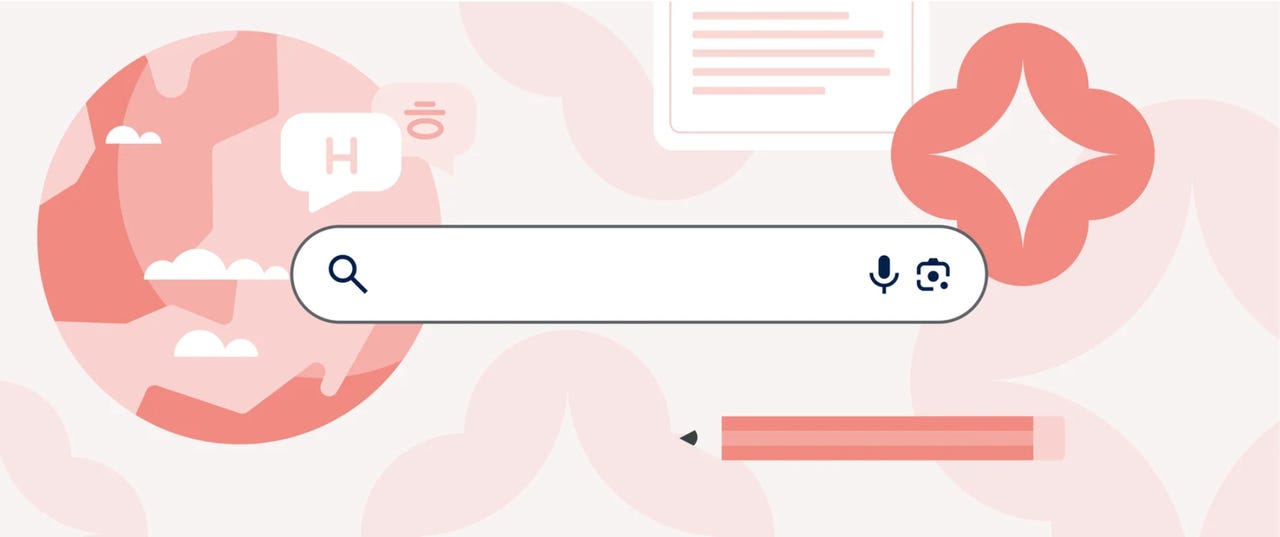Google's AI-powered Search is expanding its features and availability


In May, Google announced its Search Generative Experience (SGE), which infuses AI into its market-dominating search engine. Since then, the SGE has been open to user testing via Search Labs, and if you haven't joined the testing pool yet, these latest updates might make you want to.
Although SGE users have already been able to take advantage of helpful AI-powered features such as AI-generated information snapshots in search results and tailored product recommendations while shopping, Google is now adding more features, including an easier way to ask follow-up questions, AI-powered translation help, and broader availability.
Also: These are technology leaders' biggest worries about using AI at work
Through its SGE testing, Google shares that it has learned that people like to learn more about topics through follow-up questions. As a result, Google is experimenting with a new, easier way to ask follow-up questions from the search results page.
All users have to do is enter their follow-up questions in the "ask a follow-up" fields that are sprinkled throughout the Google search results page, as seen in the video below.
This update is rolling out to US users in English in the upcoming weeks.
Generative AI will also be used to make the translation process more efficient and seamless, as words can have more than one meaning, causing ambiguity in the accuracy of a translation.
Now, with generative AI, users no longer have to guess what the translation actually means. If a word has more than one possible meaning, it will be underlined. Users can then tap on the word and indicate the specific meaning they want to say.
Google shares this feature will be coming soon to the US for English-to-Spanish translations, with the addition of more countries and languages coming in the near future.
In addition to more functional translation features, to expand its accessibility, Google made SGE available in four new languages, including Spanish, Portuguese, Korean, and Indonesian. The company launched SGE in more than 120 new countries and territories around the world.
Also: I spent a weekend with Amazon's free AI courses, and highly recommend you do too
Lastly, SGE will be able to provide users with interactive definitions on AI-powered overviews for coding and health information, meaning that on relevant searches, users will see certain words highlighted, which they can hover over to get a full definition.
This update is rolling out over the next month for US English users, with more countries and languages being added soon.